Embracing the Role of AI in the Corrugated Industry
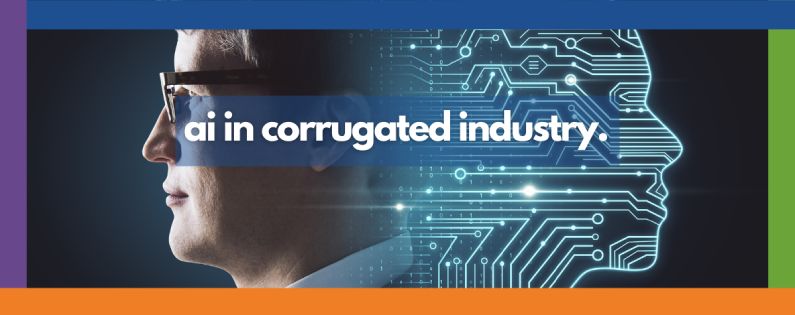
In an era defined by technological advancement and innovation, the corrugated industry is not lagging behind in the realm of AI (Artificial Intelligence). We at Royal Containers have taken significant strides in embracing automation to enhance efficiency, reduce labour costs, and prioritize the safety of our employees. In this blog, we will explore some of our standout innovations: the Robotic Feeder, Masterline DRO and our in-house Ink Kitchens while delving into the broader impacts of automation in the corrugated industry.
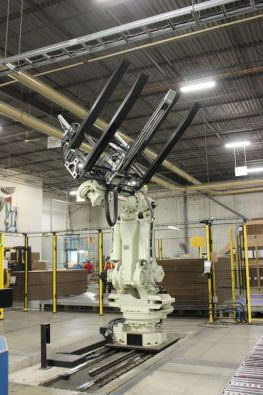 Robotic Feeder: Elevating Efficiency and Safety
Robotic Feeder: Elevating Efficiency and Safety
The introduction of the Robotic Feeder has been a game-changer for our operations. This advanced machine eliminates the need for manual feeding of large sheets into the press, eradicating the risk of sprain injuries that often occur when employees undertake this task manually. In the wake of the COVID-19 pandemic, we’ve witnessed a transformation in supply chain infrastructure and goods consumption, with a shift towards a “just in time” order cycle, necessitating a greater reliance on automation for quick order turnaround.
Key Benefits of the Robotic Feeder:
- Enhanced Efficiency: With the Robotic Feeder in place, there is no longer any downtime waiting for feeders to switch units, and concerns about keeping up with machine speeds are a thing of the past.
- Reduction in Workplace Injuries: The primary motivation behind this investment was the reduction of potential workplace injuries. The Robotic Feeder can handle sheets as large as 6ft wide and 11ft long with ease. This task was previously done manually by employees which increased the risk of a workplace injury.
- Labour Cost Savings: Through the automation of the feeding process, we have effectively reallocated our employees’ manpower to different areas on the manufacturing floor, allowing us to channel our workforce towards other essential tasks.
Masterline DRO: Innovation Redefined
In an era where customization is the new normal, packaging is at the forefront of this change. The Masterline represents another leap into automation at Royal Containers.
Key Benefits of Masterline Automation:
– Advantages of the Masterline include automation for moving material through the plant, retention (auto setup), and inspection.
– It streamlines processes with the simultaneous completion of inside and outside printing in a single pass.
– The Masterline improves efficiency and workflow.
– This innovation, combined with the Bobst prefeeder and AG stacker handling equipment, transforms the die-cutting process.

Ink Kitchen
Automation has significantly transformed the corrugated industry, particularly through the implementation of ink kitchens. These ink kitchens are equipped with advanced programming, capable of storing and managing a vast array of GCMI standard colours, as well as any custom hues requested by our customers. One of the key advantages of having an onsite ink kitchen is its seamless integration into the automation process. Here are some benefits:
- Immediate Colour Availability: With an onsite ink kitchen, there’s no need to rely solely on bulk drum deliveries from suppliers for GCMI colours. In the event of low stock, the ink kitchen can swiftly produce the required colour, ensuring uninterrupted production and reducing downtime.
- Custom Colour Creation: The ability to produce special, non-standard colours directly at the plant is a significant advantage. This flexibility meets the dynamic needs of customers, eliminates lead times associated with ordering custom inks, and enhances customer satisfaction.
- Reduced Waste: Automation in ink dispensing allows for precise measurement and dispensing, minimizing ink wastage. This efficiency not only saves on costs but also aligns with sustainability goals by reducing the environmental impact associated with ink disposal.
- Inventory Management: Automation in the ink kitchen aids in real-time inventory management. It ensures that ink levels are monitored and restocked as needed, preventing situations where production is halted due to insufficient supplies.
Automation Beyond Machinery
In the corrugated industry, automation is not limited to machines alone; it extends to the realm of data. Leveraging data and harnessing its power is the cornerstone of a modern IT infrastructure. From the plant floor to the office, data collection plays a pivotal role in reducing costs and minimizing non-conformance issues (NCRs). Through meticulous data collection in both the plant and office environments, we can ensure that we have precisely the right number of staff available during our machine’s operational hours. Data collection empowers us to streamline our processes. Daily reports on machine setup numbers, downtime, and other key metrics enable us to fine-tune various aspects of our operations, from manpower planning to supply chain management.
 Impacts of Automation in the Corrugated Industry
Impacts of Automation in the Corrugated Industry
Automation has revolutionized the packaging industry across several key fronts. Firstly, it has ushered in a new era of efficiency and productivity. This translates into faster processing times and increased product quality. Secondly, automation proves its worth by delivering substantial long-term cost reductions. Safety is another paramount benefit of automation, as it significantly reduces human involvement in potentially hazardous tasks, thus lowering the risk of injuries. Lastly, automation aligns with sustainable practices by optimizing material use and waste reduction, marking a vital step forward for environmentally conscious packaging solutions.
Royal Containers’ embracing of technology can be a daunting task, but also a rewarding one. It starts with a culture that embraces change. We will continue to evolve alongside the corrugated industry and welcome more automation in our manufacturing processes.
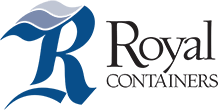
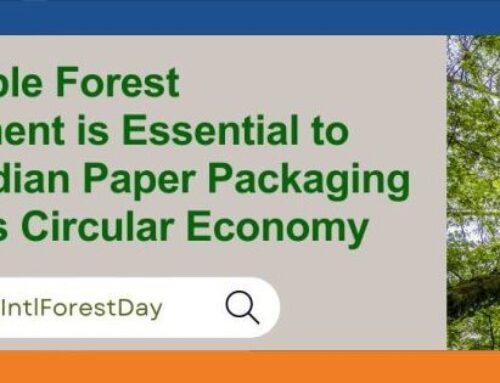


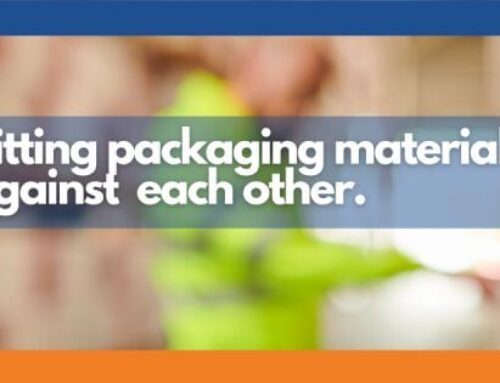
Leave A Comment